
- Collection of
- Tokyo Photographic Art Museum
- Title
- (Scenery)
- Original title
- (風景)
- Artist Name
- SAKUMA Hyoue
- Material / Technique
- Gum-bichromate print
- Dimensions
- 173x175mm
- Accession number
- 10106488
- Tokyo Photographic Art Museum “Search the Collection”
- https://collection.topmuseum.jp/Publish/detailPage/1306/
Other items of Tokyo Photographic Art Museum (41996)
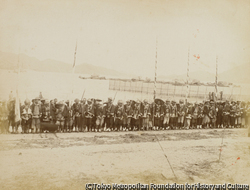
(Photographs of China)
Photographer unknown
Tokyo Photographic Art Museum
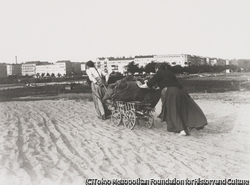
Brushwood-collectors The Same (Women) Push and Pull a Handcart Together through the Sand, Overlooking the Knobelsdorrff Bridge
ZILLE, Heinrich
Tokyo Photographic Art Museum
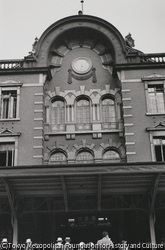
Tokyo Tokyo Station, Tokyo
HAMAYA Hiroshi
Tokyo Photographic Art Museum

Italy Rome
WATANABE Yoshio
Tokyo Photographic Art Museum
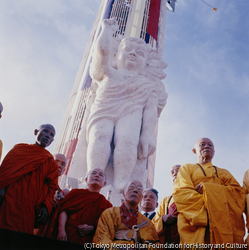
Buddhist leaders on a podium at a celebration rally after the collapse of the Ngo administration
OKAMURA Akihiko
Tokyo Photographic Art Museum
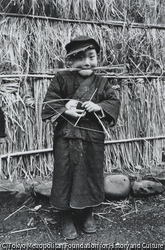
Sado Naughty Boy (Kotoura)
IWAMIYA Takeji
Tokyo Photographic Art Museum

PITTSBURGH Man shoveling coke into fire pit
SMITH, W. Eugene
Tokyo Photographic Art Museum
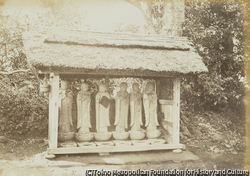
ROKU-JI-ZO.
Photographer unknown
Tokyo Photographic Art Museum

Oriental Plane Road
AMANO Ryuichi
Tokyo Photographic Art Museum
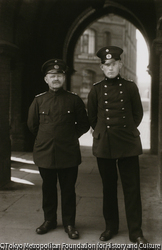
Face of Our Time Customs Officer
SANDER, August
Tokyo Photographic Art Museum

Look how long I've grown waiting for you
TAGUCHI Kazuna
Tokyo Photographic Art Museum

SHIMADA Tadashi
Tokyo Photographic Art Museum

PORTRAIT D'INGRES.(デッサン)
NÈGRE, Charles
Tokyo Photographic Art Museum
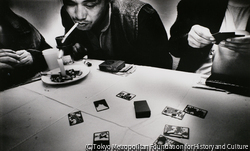
Flower offensive
AN, Viktor
Tokyo Photographic Art Museum

La Ville de la Chance Morioka
OSHIMA Hiroshi
Tokyo Photographic Art Museum

Bremen City Hall, Germany
LEREBOURS, Noël-Marie-Paymal
Tokyo Photographic Art Museum

